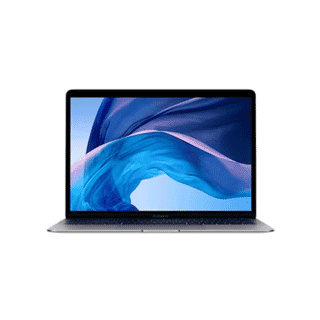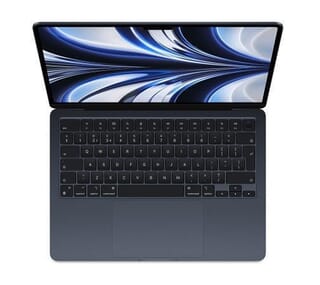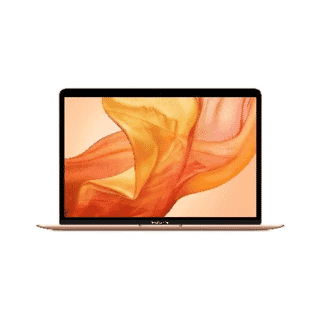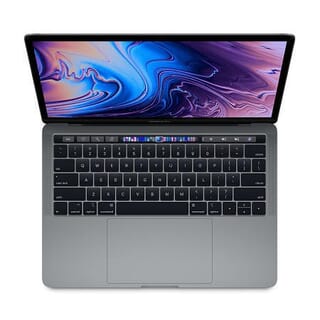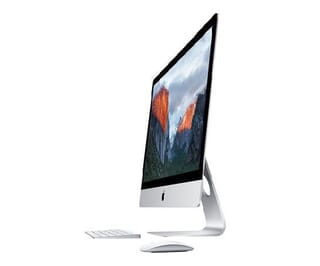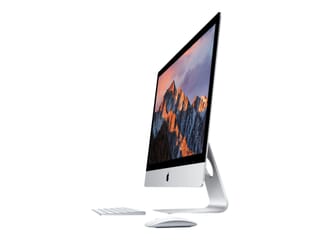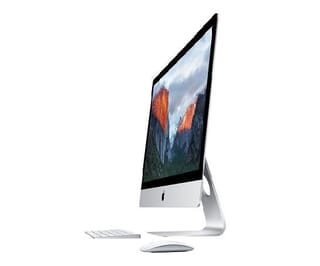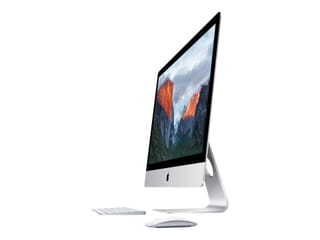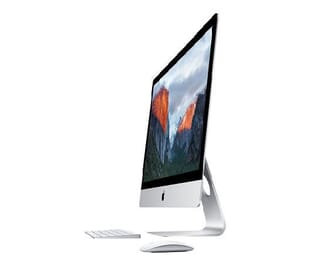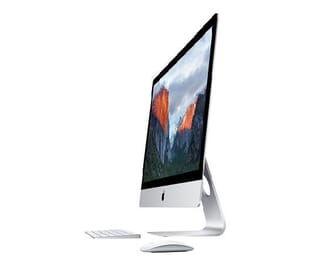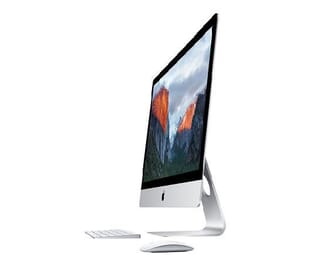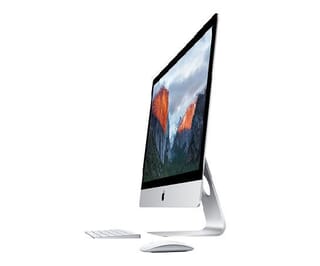Connecting your MacBook to an external display can transform your viewing experience when at home or in the office. Whether it's for watching a film, sharing a presentation, or playing a game on a large screen. There are various methods available, deciding which way to connect depends on your equipment and your specific needs. In this article, I will look at the various methods of adding an external TV or monitor to your Apple MacBook.
Why Connect a MacBook to a TV?
Before diving into the how-to, let's look at some reasons why you might want to connect your MacBook to a TV or Monitor:
1. Larger Display: Enhance your viewing experience by watching movies, shows, or photos on a bigger screen.
2. Presentations: Use your TV as a large display for business presentations or educational content.
3. Gaming: Enjoy games on a larger scale with improved visuals and sound.
4. Multitasking: Use multiple monitors, which is excellent for work flow and keeping essential screen open all the time.
Connection Methods
1. HDMI Cable
Pros:
- Reliable and straightforward.
- Provides both video and audio output. Switch boxes available for multiple monitors
Cons:
- Requires a physical cable connection.
- Limited by cable length.
How to Connect:
1. Check Your Ports: Newer MacBooks (post-2016) may require a USB-C to HDMI adapter since they don't have a built-in HDMI port. Older models typically have an HDMI port.
2. Get the Right Cable/Adapter: Purchase an HDMI cable and, if necessary, a USB-C to HDMI adapter. If you are using more than one monitor you will need a multiple-monitor splitter that converts one connection to multiple.
3. Connect the Cable: Plug one end of the HDMI cable into the TV or monitor and the other end (or adapter) into your MacBook.
4. Select the Input: Use your TV remote to select the HDMI input that matches the port you used.
5. Adjust Settings: On your MacBook, go to System Preferences > Displays to adjust resolution and arrangement settings.
2. Apple TV and AirPlay
Pros:
- Wireless connection.
- Easy to set up and use.
Cons:
- Requires an Apple TV device.
- Dependent on Wi-Fi network quality.
How to Connect:
1. Set Up Apple TV: Connect your Apple TV to your TV and set it up following the on-screen instructions.
2. Connect to the Same Wi-Fi: Ensure your MacBook and Apple TV are on the same Wi-Fi network.
3. Enable AirPlay: On your MacBook, click the AirPlay icon in the menu bar (a rectangle with an upward arrow).
4. Select Your Apple TV: Choose your Apple TV from the list of available devices. Your MacBook screen should now be mirrored on your TV.
3. USB-C to HDMI Adapter
Pros:
- Reliable connection.
- Supports high-quality video and audio.
Cons:
- Requires an adapter.
- Physical connection needed.
How to Connect:
1. Purchase an Adapter: Get a USB-C to HDMI adapter compatible with your MacBook model. Use a splitter if you are using multiple monitors
2. Connect the Adapter: Plug the adapter into your MacBook’s USB-C port.
3. HDMI Cable: Connect one end of the HDMI cable to the adapter and the other end to your TV.
4. Select Input and Adjust Settings: Follow the same steps as with a direct HDMI connection to select the TV input and adjust the display settings.
4. VGA Cable (Older TVs)
Pros:
- Useful for older TVs without HDMI ports.
Cons:
- Video only, no audio.
- Requires additional audio cable for sound.
How to Connect:
1. Check Your Ports: If your MacBook has a Mini DisplayPort or USB-C, you will need an adapter to connect to VGA.
2. Get the Right Cable/Adapter: Purchase a Mini DisplayPort/USB-C to VGA adapter and a VGA cable.
3. Connect the Cable: Connect the VGA cable to the TV and the adapter, then connect the adapter to your MacBook.
4. Audio Connection: Use a separate audio cable (3.5mm jack) to connect your MacBook’s headphone port to the TV’s audio input.
5. Select Input and Adjust Settings: Choose the VGA input on your TV and adjust the display settings on your MacBook.
Optimising Your Connection
1. Adjust Resolution: For the best picture quality, adjust the resolution settings on your MacBook under System Preferences > Displays.
2. Sound Settings: Ensure your TV is selected as the sound output device under System Preferences > Sound.
3. Cable Quality: Invest in high-quality cables and adapters to ensure a stable and clear connection.
Troubleshooting Tips
- No Signal: Ensure all cables are securely connected and the correct input is selected on your TV. If you are using a monitor make sure it has the correct input selected
- Poor Image Quality: Adjust the resolution and refresh rate settings on your MacBook.
- No Sound: Check sound settings and make sure the TV is selected as the output device.
Connecting your MacBook to a TV or Monitor can significantly enhance your multimedia and productivity experiences. Whether you prefer the simplicity of an HDMI cable, the convenience of AirPlay, or the need to use a VGA connection for older equipment, there’s a method that suits every situation. By understanding the options and following the steps outlined above, you can enjoy your Apple MacBook’s content on the big screen with ease.
-24125.png)

